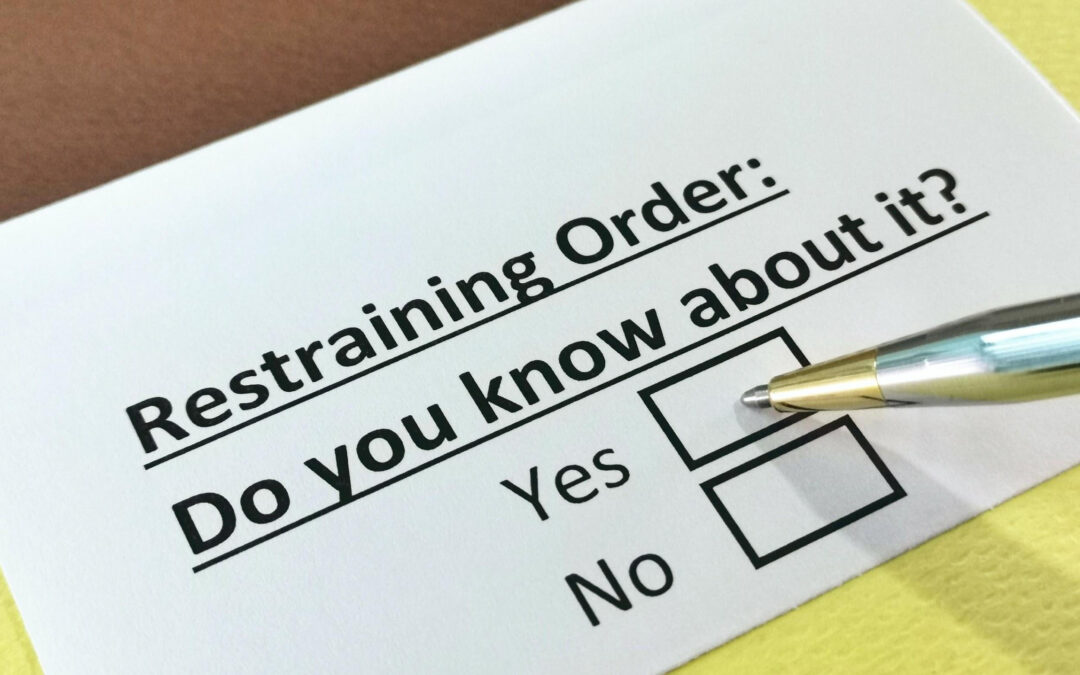There are vital differences between a protective order and a retraining order in Texas. A protective order is the more severe of the orders and is also called an order of protection. It is a court order that typically demands that a specific abuser stop harassing, stalking, threatening, or physically assaulting a specific victim. Protective orders are usually set for a period of two years once a judge signs off on them, but can be longer than two years. These orders often require an abuser to refrain from attempting to contact the victim, both physically and verbally, including by telephone, text, email, social media, and any other form of communication. The zone of protection of a protective order can also encompass the victim’s children and other family members, as well as property.
A restraining order, on the other hand, is typically used to prevent parties on either side of a lawsuit or court case from engaging in certain behaviors that they can and cannot do. They can prevent the other party from having temporary access to the children or withdrawing them from school or hiding them from the other party. Restraining orders can be written to protect property if you have sued someone and you are afraid they will cause you harm. The court may create a restraining order to ensure that one or both spouses maintain a certain conduct while the divorce is pending. Restraining orders are used routinely in divorces that occur in Texas. As an example, a restraining order may prevent either spouse from withdrawing funds from all of their joint bank accounts while a divorce is pending. Restraining orders can be lengthy and contain numerous provisions.
One of the biggest distinctions between these two orders is the penalties. If a party to a lawsuit or a spouse in a divorce violates a restraining order, the violation can be brought to the court’s attention. While the court has the authority to send an offender of a restraining order to jail, this typically does not happen. On the other hand, when an abuser violates an order of protection, they can face serious criminal charges, as well as a contempt of court charge for violating a court order. In this case, the victim should call the police if an abuser violates an order of protection, as the police can enforce protective orders, while they do not have authority over restraining orders. The actual charges that are assessed for infractions will depend on the individual circumstances, including the severity of the violation and whether prior transgressions have occurred.
If you’ve been served with a restraining order during a pending civil action, there’s no need to fret tremendously, 60-70% of our contested divorce cases contain a temporary restraining order; and being served with one doesn’t necessarily mean you are a violent person. If you’ve been served with a protective order, you need to take it seriously, because violating it could be a felony with jail time if convicted.If you feel you need a protective order from a violent spouse or your child’s other parent, reach out to us immediately. We can be reached by text seven days a week at 361-648-6888.

